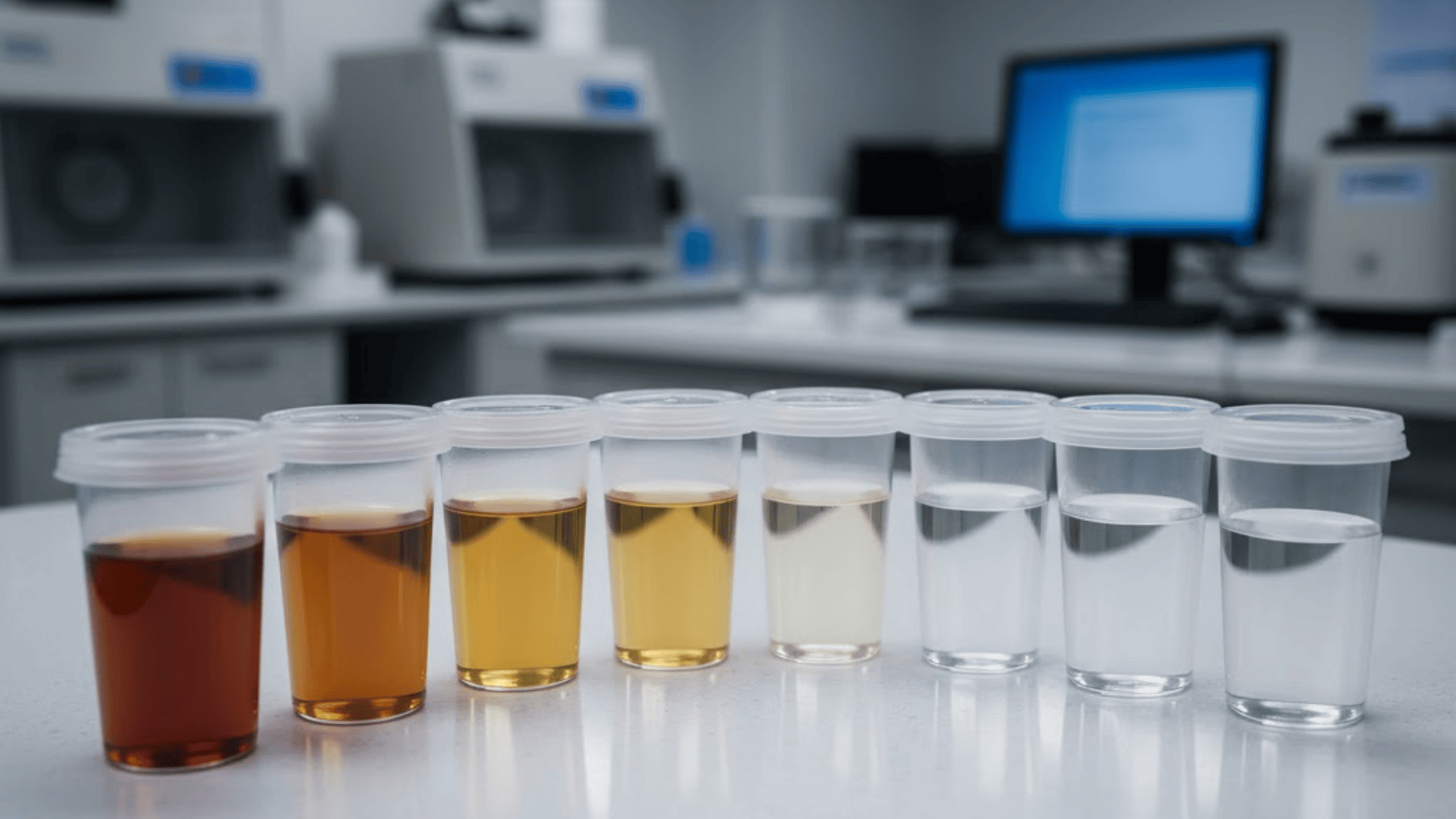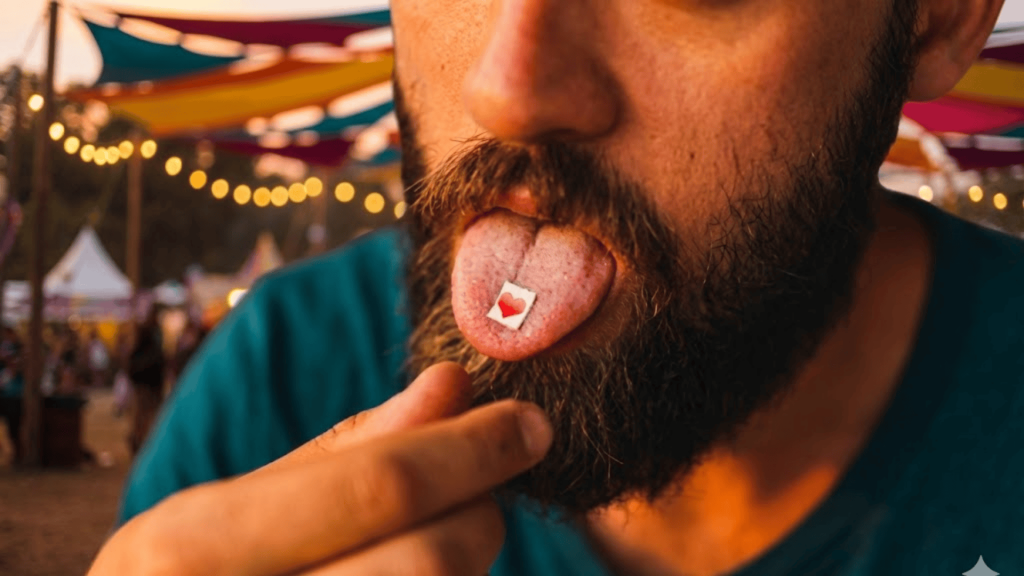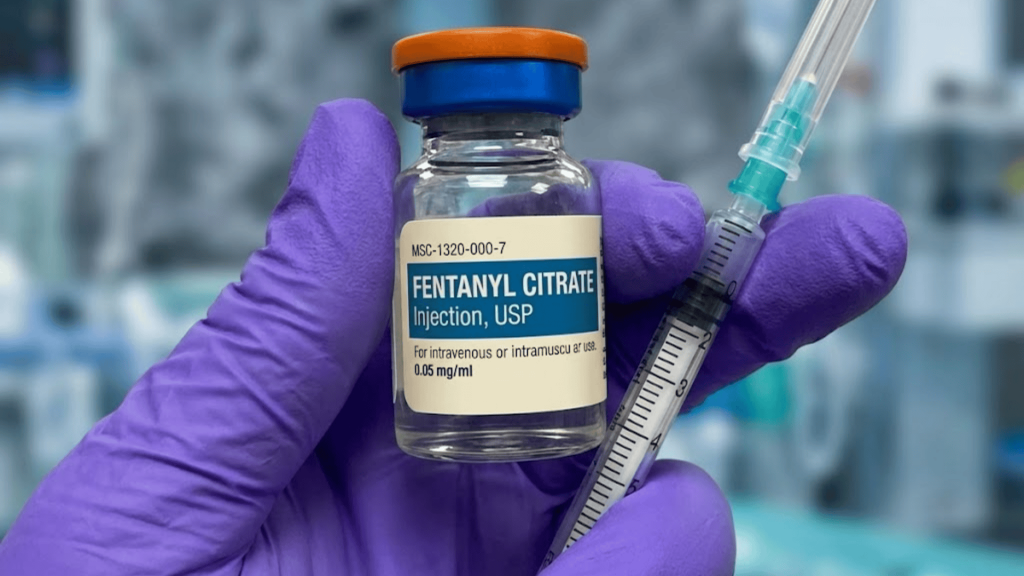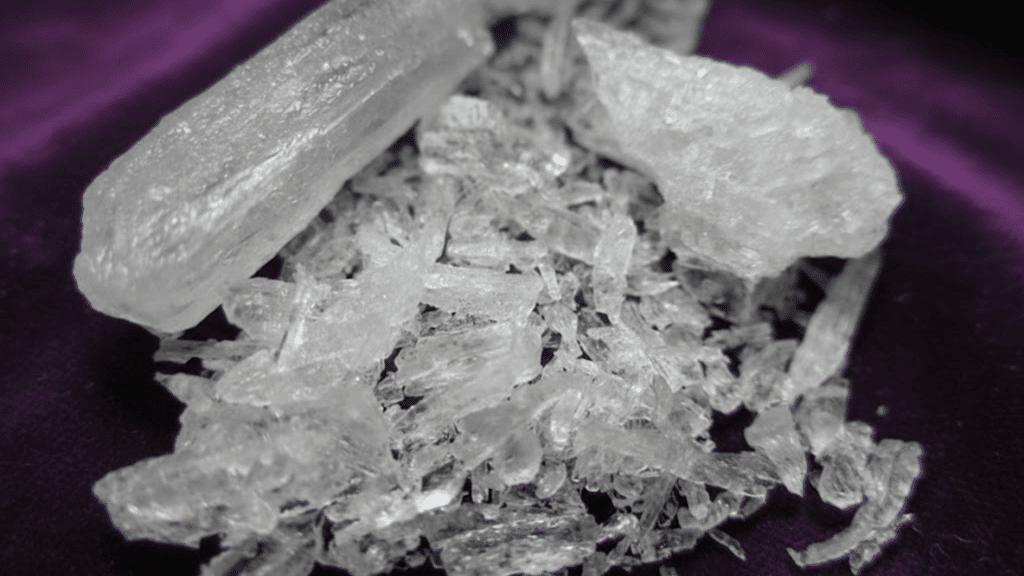Let’s cut to the chase: if you’re googling “How long does cocaine stay in urine?”, you’ve probably got a drug test looming and need real answers, fast.
Urine tests are everywhere because they’re cheap, simple, and actually work for catching recent use.
But here’s the tricky part: there’s no magic number that applies to everyone. Your body processes cocaine differently from your friend’s. Metabolism, usage patterns, and even your hydration levels matter.
We can’t promise exact timelines, but we can walk you through what typically happens and what factors actually influence detection, so you know what you’re dealing with.
What is Being Measured: Cocaine vs. Metabolites
Urine tests aren’t actually looking for cocaine itself. They’re hunting for benzoylecgonine, the primary metabolite your body creates when it breaks down cocaine.
Why does this matter? Because cocaine leaves your system pretty quickly, often within hours.
But benzoylecgonine sticks around much longer, which is exactly why labs target it. Your liver gets to work immediately after you use, converting cocaine into this telltale metabolite that lingers in your urine for days.
So when we talk about detection windows, we’re really talking about how long this metabolite remains detectable, not the original drug.
Typical Detection Windows for Urine Tests

So how long are we really talking about here? It depends heavily on your usage pattern. Let’s break down what you can typically expect based on how often you’ve been using.
Occasional or One-Time Use
If you used cocaine once or only dabble occasionally, benzoylecgonine usually clears your urine within two to four days after your last use.
Your body processes it relatively quickly when it’s not dealing with repeated doses. This shorter window happens because the metabolite doesn’t have a chance to build up in your system.
Think of it like this: your liver and kidneys can handle a single instance efficiently, flushing it out without much backlog. Most casual users who face a test after a weekend slip-up fall into this category.
Frequent or Heavy Use
Regular users face a different reality. With frequent use, metabolites accumulate in your system, and detection windows stretch significantly longer.
You’re looking at up to a week for consistent users, and in some cases, heavy or chronic users might test positive for ten to fourteen days after stopping.
The reason? Your body can’t keep up with constant intake.
Benzoylecgonine builds up faster than your system can eliminate it, creating a residual presence that takes considerably more time to clear out completely once you stop.
Note: These timeframes are approximations based on typical cases, not hard rules. Individual factors can push your detection window shorter or longer than these ranges suggest.
Comparison with Other Testing Methods
Urine isn’t the only game in town. Different tests have wildly different detection windows, and understanding these differences matters if you’re trying to figure out your risk level.
| Test Type | Detection Window | Why This Window? | Common Use Cases |
|---|---|---|---|
| Blood | Hours to 24-48 hours | Cocaine clears the blood extremely fast | Medical emergencies, accident investigations, and very recent use verification |
| Saliva/Oral Fluid | 1-2 days | Non-invasive, catches recent use | Roadside testing, workplace screening, quick checks |
| Urine | 2-4 days (occasional) to 10-14 days (heavy use) | Detects metabolites that linger longer than the parent drug | Standard for employers, probation officers, and most drug programs |
| Hair Follicle | Up to 90 days | Drug compounds get trapped in the hair shaft as it grows | Legal cases, extensive background checks, and long-term use history |
Keep in mind: A negative urine test doesn’t prove you never used cocaine. It simply means metabolite levels have dropped below the test’s detection threshold at the time of screening.
What Factors Influence How Long Cocaine Shows Up in Urine?

Multiple variables affect how long benzoylecgonine sticks around in your system, and understanding these factors helps you grasp why two people using the same amount might test differently.
1. Frequency and Dosage
This is the biggest factor by far. Occasional users clear metabolites much faster than chronic users because their bodies aren’t constantly processing new cocaine.
Higher doses mean more metabolite buildup, plain and simple. If you’ve been using daily or taking large amounts, your system accumulates benzoylecgonine faster than it can eliminate it.
Think of it like a bathtub: occasional use is a slow drip, your drain handles easily, while heavy use floods the tub. The buildup determines how long traces remain detectable.
2. Method of Ingestion and Purity
How you use cocaine matters. Smoking or injecting delivers a faster, more intense hit that your body processes differently than snorting.
The purity level also plays a role: street cocaine cut with other substances may metabolize unpredictably. Higher purity means more actual cocaine for your liver to break down into benzoylecgonine.
Different ingestion routes affect how quickly the drug enters your bloodstream and how efficiently your body processes it, which can shift detection windows by hours or even days.
3. Individual Body Chemistry
Your unique biology is critical here. Metabolism speed varies person to person: some people naturally process drugs faster due to genetics or enzyme activity.
Body fat percentage matters because cocaine metabolites can get stored in fat cells. Hydration levels influence urine concentration and how quickly metabolites flush out.
Liver and kidney function directly affect how efficiently your body breaks down and eliminates substances. Age, overall health, and even diet can subtly shift your personal detection window compared to someone else.
4. Timing and Drug Interactions
Obviously, more time since your last use means lower metabolite levels. But here’s a curveball: mixing cocaine with alcohol creates cocaethylene, a unique metabolite that your liver produces when processing both substances together.
Cocaethylene sticks around longer than benzoylecgonine alone, potentially extending your detection window. Other drug combinations or medications can also affect metabolism rates.
The interaction between substances complicates the elimination timeline, making it harder to predict exactly when you’ll test clean.
5. Test Sensitivity and Sample Quality
Not all tests are created equal. Labs set different cutoff thresholds: more sensitive tests detect lower metabolite concentrations, catching uses that less sensitive tests might miss.
Sample dilution can affect results, too. Drinking excessive water before a test might dilute your urine enough to drop metabolite concentration below detection limits, though labs often flag diluted samples and request retests.
The specific testing method, equipment quality, and laboratory standards all influence whether metabolites get detected or fall under the radar.
Why “Negative” Doesn’t Always Mean Safe or No Use?
A negative result doesn’t mean your urine contained zero cocaine metabolites. It just means levels fell below the lab’s cutoff threshold.
You could have trace amounts that simply weren’t high enough to trigger a positive. False negatives happen when usage is minimal or the urine gets too diluted.
False positives are rarer but possible if other substances cross-react with the test. Labs typically confirm positives with more specific testing to avoid errors.
In legal or employment situations, the stakes are real: a positive can cost you a job, probation violation, or custody rights, while a negative keeps you in the clear, even if technically you did use recently.
How to Interpret a Urine Cocaine Test Result?

Got your results back? Here’s what they actually tell you. A positive means exactly what you’d expect: you used recently enough that benzoylecgonine is still hanging around above the lab’s cutoff level. Pretty straightforward.
Negatives are where things get interesting. Sure, it might mean you’re past the detection window and everything cleared out.
But it could also mean you used such a tiny amount that it never hit detectable levels, or your body just happens to metabolize things crazy fast. The point is, negative doesn’t automatically equal “never used.”
If addiction or continued use is a real concern, whether for yourself or someone else, don’t bank everything on a single urine test.
Repeat testing over time, hair follicle tests for a longer history, or a proper clinical evaluation will give you way more reliable information than relying on a single test.
Tips for Reducing Detection Time (and Why Myths Persist)
You’ll find no shortage of products and methods claiming to flush cocaine from your system fast. Before you waste money or risk serious consequences, here’s what actually works and what doesn’t:
- Water-dilution and detox products lack scientific evidence for eliminating metabolites, and labs frequently identify diluted samples, leading to retests or automatic failures.
- Complete cessation is the only reliable method for clearing your system, as metabolites naturally decrease over time once use stops.
- Hydration, nutrition, and exercise support normal metabolic function, though these practices won’t significantly accelerate detection timelines beyond your body’s natural rate.
- Commercial detox supplements and cleansing products have not been scientifically validated to beat drug tests, despite aggressive marketing claims.
- Attempting to manipulate test results in employment or legal contexts carries serious risks, including immediate disqualification, termination, probation violations, or criminal charges.
If you’re concerned about testing positive, consulting with a healthcare provider or substance abuse counselor offers legitimate guidance.
Resources / References
For medically accurate and evidence-based information on cocaine detection and metabolism, consult these authoritative sources:
- National Institute on Drug Abuse (NIDA) provides government-reviewed research on cocaine pharmacology and testing methods.
- PubMed/NIH contains peer-reviewed studies on benzoylecgonine metabolism and detection thresholds in biological samples.
- Centers for Disease Control and Prevention (CDC) publishes data on substance use and public health guidance.
- National Library of Medicine offers comprehensive medical research databases on drug metabolism and toxicology studies.
These resources represent clinical research and government health agencies rather than commercial treatment centers. Always consult healthcare professionals for personalized medical guidance on substance use and testing.
The Bottom Line
So, how long does cocaine stay in urine? As you’ve seen, it’s complicated. Your usage pattern, body chemistry, and a dozen other variables determine your personal detection window.
While occasional users typically clear metabolites faster than heavy users, there’s no universal timeline that applies to everyone.
If you’re facing a test, understanding these factors gives you realistic expectations rather than false hope from detox myths. Remember, the only guaranteed way to test negative is time and complete cessation.
Have questions about your specific situation or experience with drug testing? Drop a comment below and let’s discuss what you’re dealing with.









